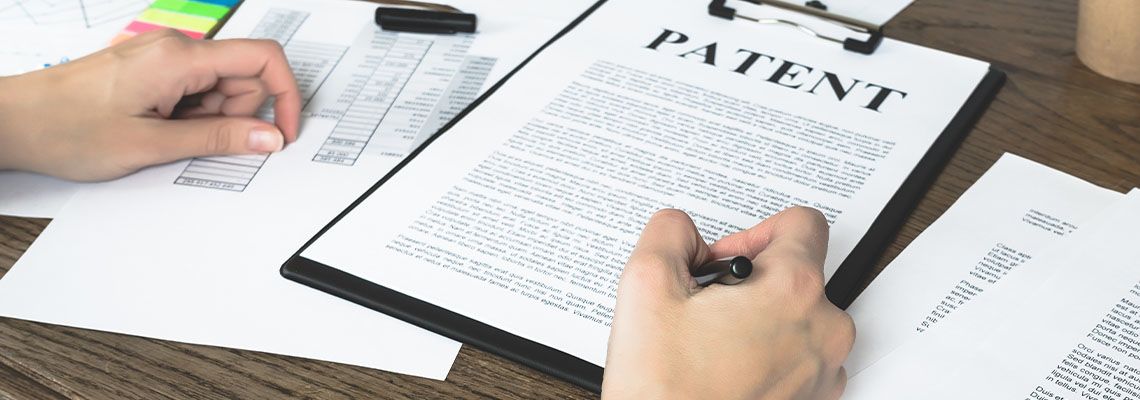
Understanding the Patent Examination Process
Patents are an important tool for protecting your intellectual property and preventing others from practicing your inventions. However, not everyone looking to apply for a patent understands the patent examination process by the United States Patent and Trademark Office (USPTO).
Dale J. Ream of Ream Law Firm, L.L.C. has a proven track record of successfully obtaining patents for clients and walking them through every step of the examination process. The law firm—which has an office in Ottawa, Kansas, but serves clients in Kansas City, Missouri, and throughout the KC metro area—also pursues and defends patent infringement lawsuits in state and federal courts.
What Is a Patent?
A patent is a form of intellectual property that gives an inventor exclusive rights to their invention. Patents are granted by the government to give the inventor the right to prevent others from making, selling, or otherwise using the invention without the inventor’s permission.
When a patent is granted, the invention becomes the inventor’s property, which means it can be rented, sold, or bought.
What Is the Patent Examination Process?
The patent examination process is a six-step process:
Determining what invention is sought to be patented. The first step in the patent examination process is to review each patent claim for compliance with the requirements for patentability. When an applicant makes multiple claims, each claim must be reviewed individually, even if one or more claims are found to be unpatentable.
Conducting a search of the prior art. Before actually evaluating the claimed invention for its patentability, the patent examiner must conduct a search of the prior art. When conducting the search, the examiner must understand the nature of the invention and search both claimed and unclaimed aspects of the invention when a reasonable expectation exists that the unclaimed aspects may be claimed at a later date.
Evaluating the patent application for compliance with 35 U.S.C. 112. This section of the law imposes the minimum requirements for the quantity and quality of information contained in the application for a patent. The application must point out the subject matter which the inventor regards as the invention.
Determining whether the invention complies with 35 U.S.C. 101. This section of the law imposes the following requirements: (1) a maximum of one patent can be obtained for an invention, (2) the inventor must be identified in the application or must be the applicant (for applications filed after or before September 16, 2012, respectively), (3) the invention must be eligible for patenting, and (4) the invention must have utility (be useful).
Determining whether the invention complies with 35 U.S.C. 102 and 103. During this step, the patent examiner compares the claimed invention with the prior art, if any is found. If the examiner determines that there are no differences between the prior art and the claimed invention, the application will most likely be rejected because the claimed invention lacks novelty.
Communicating the findings and conclusions. Finally, after all of the above steps are completed, the patent examiner must clearly communicate the findings and conclusions. If the patent application is rejected, the examiner must provide the basis for rejecting the claim.
If the application is rejected, the applicant can file a response to appeal the rejection. It is a good idea to be represented by a patent attorney before submitting your patent application. Having a skilled attorney on your side can improve your chances of a favorable outcome. If the application is rejected, your attorney will prepare and file a written response to challenge the examiner’s findings.
Talk to a Patent Attorney
For more than 25 years, Dale J. Ream has worked tirelessly to protect the patent rights of inventors, startups, businesses, and entrepreneurs in Kansas City, Missouri, and across the KC metro area. At Ream Law Firm, L.L.C., he provides clients with guidance throughout the patent examination process and helps them develop a strategy to protect their inventions through all available means. Get a free, confidential consultation by contacting Dale J. Ream today.
